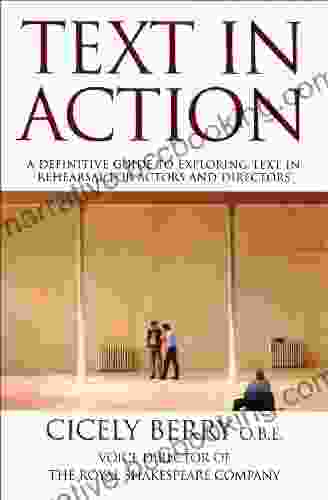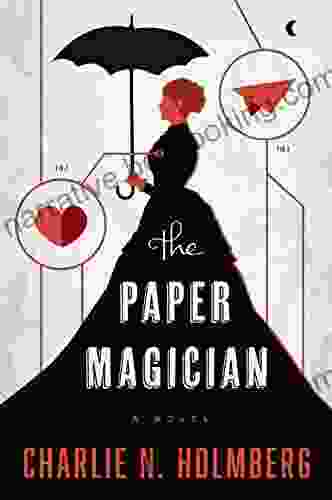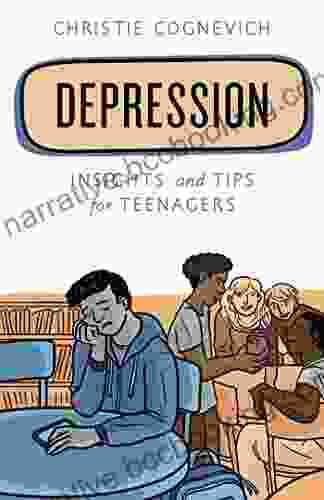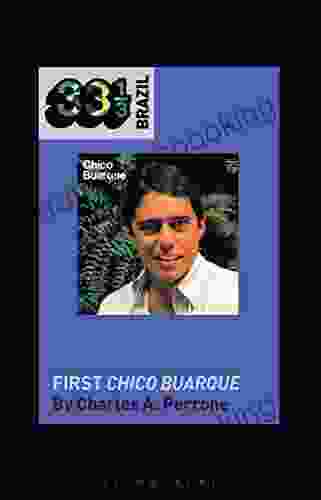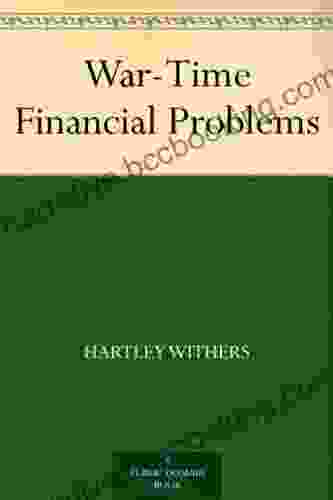The Definitive Guide to Exploring Text in Rehearsal for Actors and Directors

Unlock the Potential of the Text
The text is the foundation of any play. It is the playwright's roadmap for the story, the characters, and the action. For actors and directors, the text is the starting point for their exploration of the play. But how do you go about exploring the text in a way that is both productive and engaging?
In this comprehensive guide, we will provide you with the tools and techniques you need to unlock the full potential of the text in rehearsal. We will cover everything from basic text analysis to advanced character development. Whether you are a seasoned professional or a newcomer to the world of acting and directing, this guide will help you to take your work to the next level.
4.8 out of 5
| Language | : | English |
| File size | : | 614 KB |
| Text-to-Speech | : | Enabled |
| Screen Reader | : | Supported |
| Enhanced typesetting | : | Enabled |
| Word Wise | : | Enabled |
| Print length | : | 241 pages |
Table of Contents
- Chapter 1: Text Analysis
- Chapter 2: Character Development
- Chapter 3: Scene Study
- Chapter 4: Putting It All Together
Chapter 1: Text Analysis
The first step in exploring the text is to analyze it. This means breaking down the text into its component parts and examining how they work together to create a coherent whole. There are many different ways to approach text analysis, but some of the most common methods include:
- Structural analysis: This method focuses on the overall structure of the play. What is the play's plot? How is it divided into acts and scenes? What is the relationship between the different characters?
- Character analysis: This method focuses on the individual characters in the play. What are their motivations? What are their relationships to each other? What are their strengths and weaknesses?
- Thematic analysis: This method focuses on the play's major themes. What is the playwright trying to say about the human condition? What are the play's insights into life, love, death, and other universal themes?
Once you have analyzed the text, you will have a better understanding of its structure, characters, and themes. This knowledge will provide a solid foundation for your work in rehearsal.
Chapter 2: Character Development
Once you have analyzed the text, it is time to start developing your characters. This is a process of bringing the characters to life and making them believable to the audience. There are many different ways to approach character development, but some of the most common methods include:
- Stanislavski's system: This method emphasizes the importance of creating a backstory for your character and understanding their motivations. Stanislavski believed that actors should draw on their own personal experiences to create a believable performance.
- Meisner's technique: This method emphasizes the importance of listening and responding to your fellow actors. Meisner believed that actors should focus on the present moment and not worry about creating a backstory for their character.
- Hagen's method: This method emphasizes the importance of physicality and movement in creating a believable character. Hagen believed that actors should use their bodies to express their character's emotions and motivations.
- Adler's technique: This method emphasizes the importance of imagination and creativity in creating a believable character. Adler believed that actors should use their imaginations to create a world for their characters and to explore their characters' emotions and motivations.
There is no one right way to develop a character. The best method for you will depend on your own personality and working style. Experiment with different methods and find the one that works best for you.
Chapter 3: Scene Study
Once you have developed your characters, it is time to start working on scene study. Scene study is the process of rehearsing a scene from a play. It is an opportunity for actors to explore the text in more detail and to develop their characters' relationships.
There are many different ways to approach scene study, but some of the most common methods include:
- Table work: This is a method of rehearsing a scene around a table. It is a good way to focus on the text and to develop your characters' relationships.
- Blocking: This is a method of rehearsing a scene by moving around the stage. It is a good way to learn the physicality of a scene and to develop your characters' spatial relationships.
- Improvisation: This is a method of rehearsing a scene by making it up as you go along. It is a good way to explore different possibilities and to develop your characters' spontaneity.
Scene study is a valuable tool for actors and directors. It is an opportunity to explore the text in more detail and to develop your characters' relationships. It is also a good way to prepare for performance.
Chapter 4: Putting It All Together
Once you have analyzed the text, developed your characters, and rehearsed the scenes, it is time to put it all together. This is the final stage of the rehearsal process, and it is when all of the hard work you have done comes together.
There are many different ways to approach the final stage of rehearsal, but some of the most common methods include:
- Run-throughs: This is a method of rehearsing the play from beginning to end. It is a good way to get a sense of the overall flow of the play and to identify any areas that need further work.
- Dress rehearsals: This is a method of rehearsing the play in costume and with all of the technical elements in place. It is a good way to prepare for the performance and to identify any last-minute problems.
- Performances: This is the final stage of the rehearsal process, and it is when all of your hard work pays off. Performances are an opportunity to share your work with an audience and to experience the magic of live theater.
The rehearsal process is a long and challenging one, but it is also a rewarding one. By following the steps outlined in this guide, you can unlock the full potential of the text and create a memorable and moving performance.
The text is the foundation of any play. It is the playwright's roadmap for the story, the characters, and the action. For actors and directors, the text is the starting point for their exploration of the play. By following the steps outlined in this guide, you can unlock the full potential of the text and create a memorable and moving performance.
Thank you for reading!
4.8 out of 5
| Language | : | English |
| File size | : | 614 KB |
| Text-to-Speech | : | Enabled |
| Screen Reader | : | Supported |
| Enhanced typesetting | : | Enabled |
| Word Wise | : | Enabled |
| Print length | : | 241 pages |
Do you want to contribute by writing guest posts on this blog?
Please contact us and send us a resume of previous articles that you have written.
 Book
Book Novel
Novel Page
Page Chapter
Chapter Text
Text Story
Story Genre
Genre Reader
Reader Library
Library Paperback
Paperback E-book
E-book Magazine
Magazine Newspaper
Newspaper Paragraph
Paragraph Sentence
Sentence Bookmark
Bookmark Shelf
Shelf Glossary
Glossary Bibliography
Bibliography Foreword
Foreword Preface
Preface Synopsis
Synopsis Annotation
Annotation Footnote
Footnote Manuscript
Manuscript Scroll
Scroll Codex
Codex Tome
Tome Bestseller
Bestseller Classics
Classics Library card
Library card Narrative
Narrative Biography
Biography Autobiography
Autobiography Memoir
Memoir Reference
Reference Encyclopedia
Encyclopedia Catherine Stonehouse
Catherine Stonehouse Christiane Prange
Christiane Prange Charles Ludwig
Charles Ludwig Chris Johnston
Chris Johnston Charles E Phelps
Charles E Phelps Christopher D Lee
Christopher D Lee Charles Harvey
Charles Harvey Chris Backe
Chris Backe Charles Sturt
Charles Sturt Catherine Johnson
Catherine Johnson Christine Ha
Christine Ha Charles Sumner
Charles Sumner Chris Hechtl
Chris Hechtl Cathy Glass
Cathy Glass Charles Gomez
Charles Gomez Charles Traub
Charles Traub Chattyfred
Chattyfred Charles Seife
Charles Seife Chris Dixon
Chris Dixon Chris Meta
Chris Meta
Light bulbAdvertise smarter! Our strategic ad space ensures maximum exposure. Reserve your spot today!
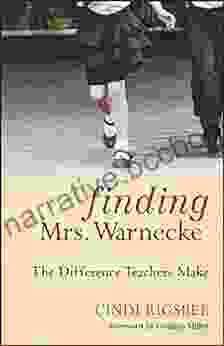
 F. Scott FitzgeraldFinding Mrs. Warnecke: Uncovering the Transformative Power of Exceptional...
F. Scott FitzgeraldFinding Mrs. Warnecke: Uncovering the Transformative Power of Exceptional... Winston HayesFollow ·16.2k
Winston HayesFollow ·16.2k Ira CoxFollow ·8.1k
Ira CoxFollow ·8.1k Dean ButlerFollow ·4k
Dean ButlerFollow ·4k Al FosterFollow ·10.5k
Al FosterFollow ·10.5k Israel BellFollow ·3.2k
Israel BellFollow ·3.2k Clay PowellFollow ·9.1k
Clay PowellFollow ·9.1k Charles BukowskiFollow ·8.2k
Charles BukowskiFollow ·8.2k Brody PowellFollow ·19k
Brody PowellFollow ·19k
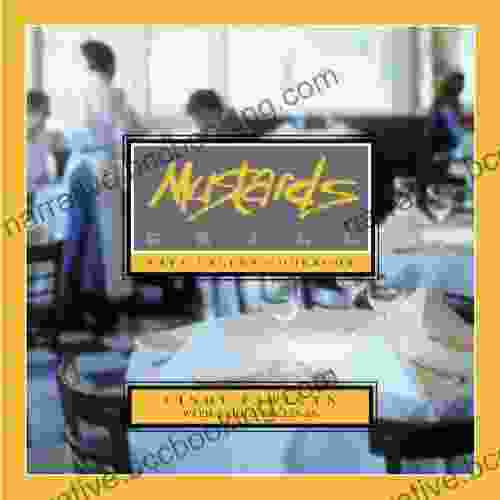
 J.R.R. Tolkien
J.R.R. TolkienEscape to the Culinary Paradise: "Truck Stop Deluxe In...
Prepare your palate for an...

 Andres Carter
Andres CarterA Taste of the Unusual: Discover the Enchanting World of...
Prepare to be captivated by "Cindy Supper...

 Nick Turner
Nick TurnerChild Obesity: Introducing the Idea of Healthy Weight
Child obesity is a serious...

 Junot Díaz
Junot DíazGoing Local: Your Ultimate Guide to Swiss Schooling |...
In the heart of Europe, Switzerland boasts a...
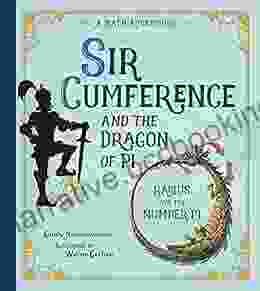
 Raymond Parker
Raymond ParkerSir Cumference and the Dragon of Pi: A Mathematical Fable
In the enchanting realm of...
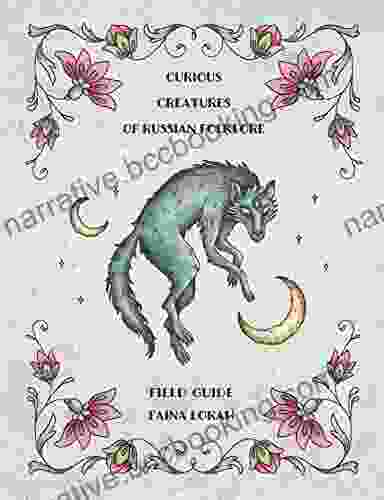
 Thomas Powell
Thomas PowellUnveiling the Enchanting Realm of Curious Creatures from...
Russian folklore is a rich tapestry of...
4.8 out of 5
| Language | : | English |
| File size | : | 614 KB |
| Text-to-Speech | : | Enabled |
| Screen Reader | : | Supported |
| Enhanced typesetting | : | Enabled |
| Word Wise | : | Enabled |
| Print length | : | 241 pages |


